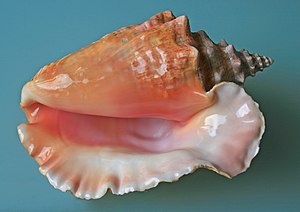Trilobites are not an opportunity to taste test three different bites of food. They are an extinct marine arthropod, that looked like a squashed centipede, dating back to the Cambrian period. They’re quite significant because paleontologists use them as an index fossil for dating back other rock structures.
Image (c) smithsonianmag.com












What people are saying …